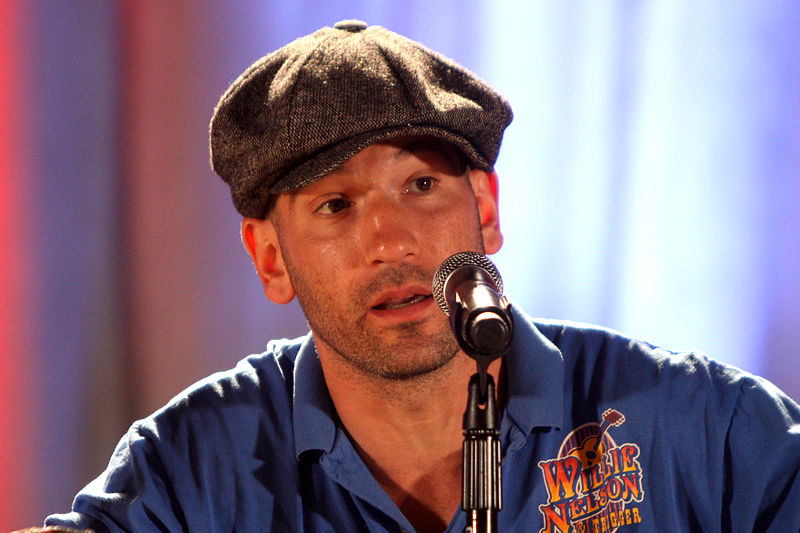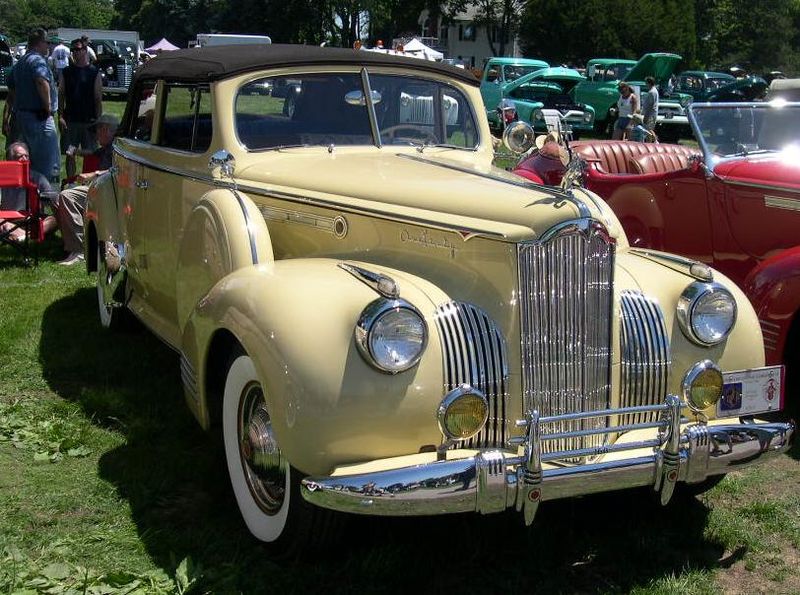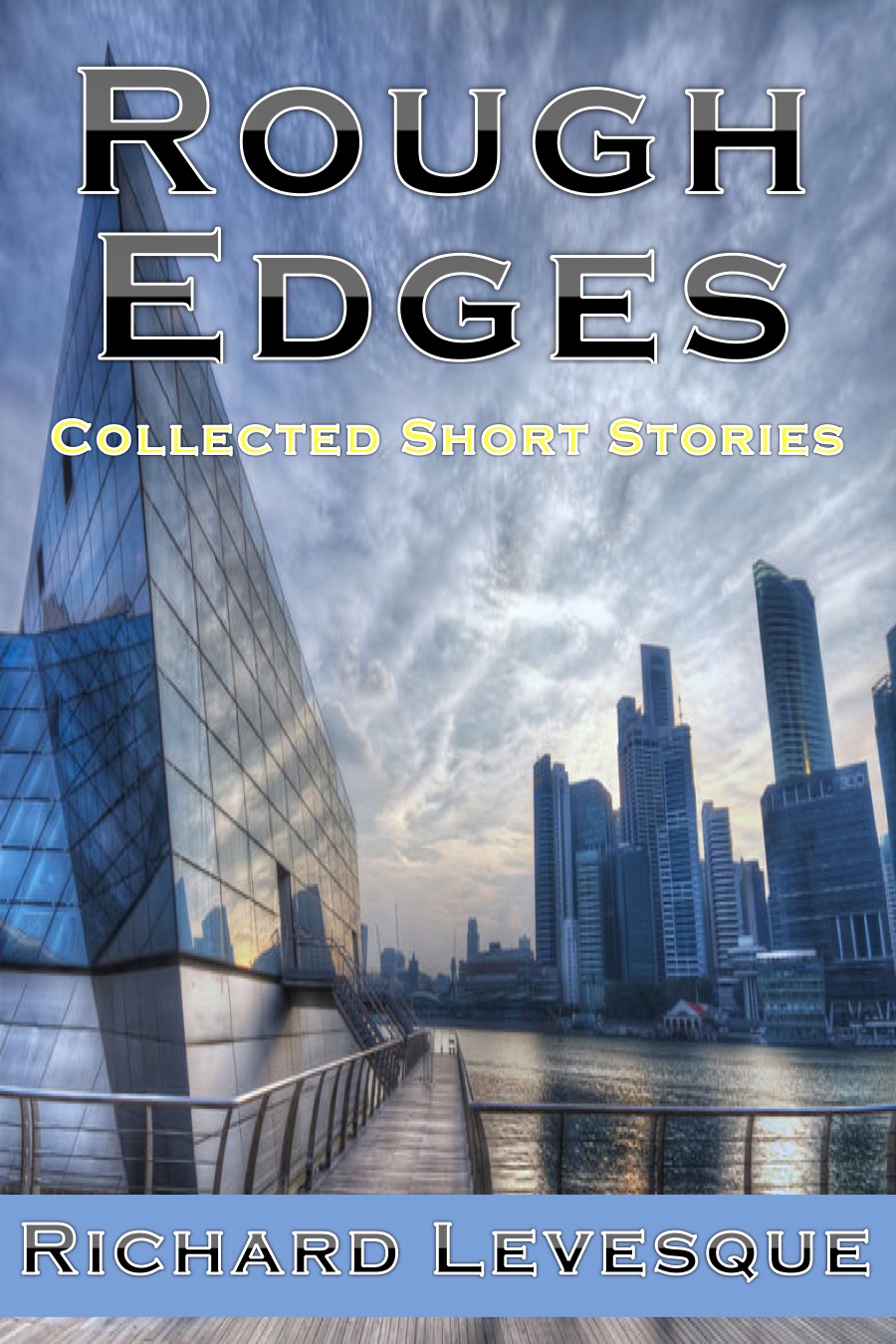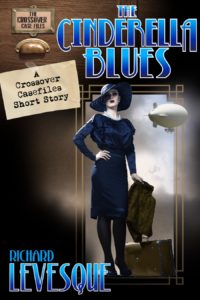Mob City–A New Take on Old LA
I recently finished watching Frank Darabont’s Mob City miniseries on TNT and am pleased to say I enjoyed it quite a bit. I should add, of course, that I’m a sucker for pretty much any story set in 1930s or 40s Los Angeles, but just because a film or novel involves my favorite setting doesn’t mean it gets an automatic thumbs up from me. Robert Towne’s Ask the Dust, for example, was a huge disappointment, and I didn’t even attempt the film version of James Ellroy’s The Black Dahlia; reviews were so bad, I knew that no amount of wishful thinking would make it enjoyable.
So I went into Mob City with an open mind, mainly pulled in by Darabont’s connection to the series and not at all familiar with the source material, John Buntin’s L.A. Noir: The Struggle for the Soul of America’s Most Seductive City. The series follows Joe Teague, a Los Angeles detective and veteran of the war in the Pacific, who gets caught up in a blackmail plot and the machinations of LA’s organized crime factions, most notably those of Ben “Bugsy” Siegel and Mickey Cohen.
Played by Jon Bernthal, Teague is a classic noir hero; that is to say, he’s deeply conflicted. On the one hand, he’s a detective, dedicated to preserving and upholding the rules of society, protecting the innocent and stopping the guilty; but on the other hand, he follows his own moral code, breaking the law he’s sworn to uphold when he knows the law won’t get the job done. He’s a loner by choice, aware that human connections lead to complications, heartbreak, and vulnerability, but he keeps getting pulled into relationships he thought he left behind. He’s survived the war, but he’s scarred by it, and in some ways has carried the fight into the streets of Los Angeles.
When an old friend from his Guadalcanal days hires Teague to oversee a blackmail exchange involving a stand-up comedian and Bugsy Siegel, Joe takes the job; it’s not exactly up to the policeman’s code, but it’s also a rather victimless crime. Things go south, though, when Joe figures out the implications of the blackmail scheme, and once he decides to take action, he finds himself playing two games of chess–one as part of the police force trying to bring down the city’s crime lords, and in the other as the guy who knows the mob’s secrets and must make his moves very carefully lest people he cares about get hurt.
One could argue that the noir treatment of 40s LA has all been done, that this is just a re-tread of what was done so well in LA Confidential or in the actual 1940s in films like The Blue Dahlia and Double Indemnity. But the setting and material are so rich that a story like this can stand another re-telling, and the characters are strong, interesting, and sympathetic. For example, along with Bernthal’s Teague, there’s also Alexa Davalos’ handling of Jasmine: she’s smart and strong, a woman caught up in a nasty web, not just a femme fatale but rather a savvy observer of the good guys and the bad guys she’s surrounded by.
What I liked about the series was that the writers treated their audience as intelligent people; there was just a little bit of flashback to Prohibition to establish Siegel’s origins, and the rest of the story unfolded naturally. There’s a killing in the first episode from which much of the rest of the plot develops; the motive for the killing isn’t explained until the final episode, telling me that the writers trusted their viewers to be able to wait it out and to keep all the pieces of the puzzle straight until the motive was revealed. There’s a similar move with a mob hit in an early scene, the motive for which isn’t clear until the following episode. I have to admit to cringing a bit during early episodes as I half-expected the Black Dahlia case to be worked into the plot, fearing the story would get too crowded with iconic LA crimes; it was a relief, then, to see a character holding a newspaper with a headline about the Dahlia case going to the grand jury, so I knew the murder had already happened and Mob City‘s mobsters or police weren’t likely to be implicated.
I also liked the way the series was shot. There were plenty of classic noir nighttime shots and lots of claustrophobic interiors. Unlike a lot of noir, though, there were also a lot of bright colors in Mob City–the cars, the suits, the wide ties, the blood. The contrast of bright colors, gorgeous cars, and deco architecture with the brutality of Bugsy Siegel and Sid Rothman complemented nicely the bigger contrasts typical of LA noir storytelling–namely the differences between LA dreams and LA reality as well as the difference between the peace that people hoped for after World War II and the lingering nightmare they had instead.
A nice illustration of these differences comes up when you notice Joe Teague’s car. Just about every other car in the series was gorgeous–bright and sparkling with beautiful lines, exemplifying the California dream of Bugsy Siegel and everyone else who came to California in the years before and after the war, expecting a land of sunshine and opportunity. Joe’s car is drab, oxidized, but functional. To me, the car symbolizes what most people found as the reality of California: the good stuff was already taken, the slots in the movie casts already filled, and the sparkle required more of a down payment than most people could afford.
Joe Teague navigates those differences, not gracefully and not the way he would have liked, but he does manage it successfully. He ends up battered but able to dictate his own terms; he’s traded the nightmare of Guadalcanal for the nightmare of LA and has learned that he doesn’t have to change his ways of handling the conflict much differently in civilian life.
I was pleased with the way the series ended, and even though it had been billed as a 6-episode “event” rather than a new series, I noticed the description had changed by the sixth episode to “season finale.” So Joe and Jasmine will be back, and LA police chief-to-be William Parker will continue trying to rid the city (and the LAPD) of corruption. It would have been a bit more to my taste if there’d been a bit of time travel or some aliens menacing the police, but I’ll still be glad to go along for the ride again when the series returns.
1940s Alexa Davalos ask the dust Black Dahlia Blue Dahlia Bugsy Siegal Bugsy Siegel Double Indemnity Frank Darabont Guadalcanal James Ellroy Joe Teague John Buntin Jon Bernthal LA LA Noir LA. Confidential Los Angeles Mickey Cohen Mob City noir Packard Robert Towne Sid Rothman the Black Dahlia The Blue Dahlia William Davis








